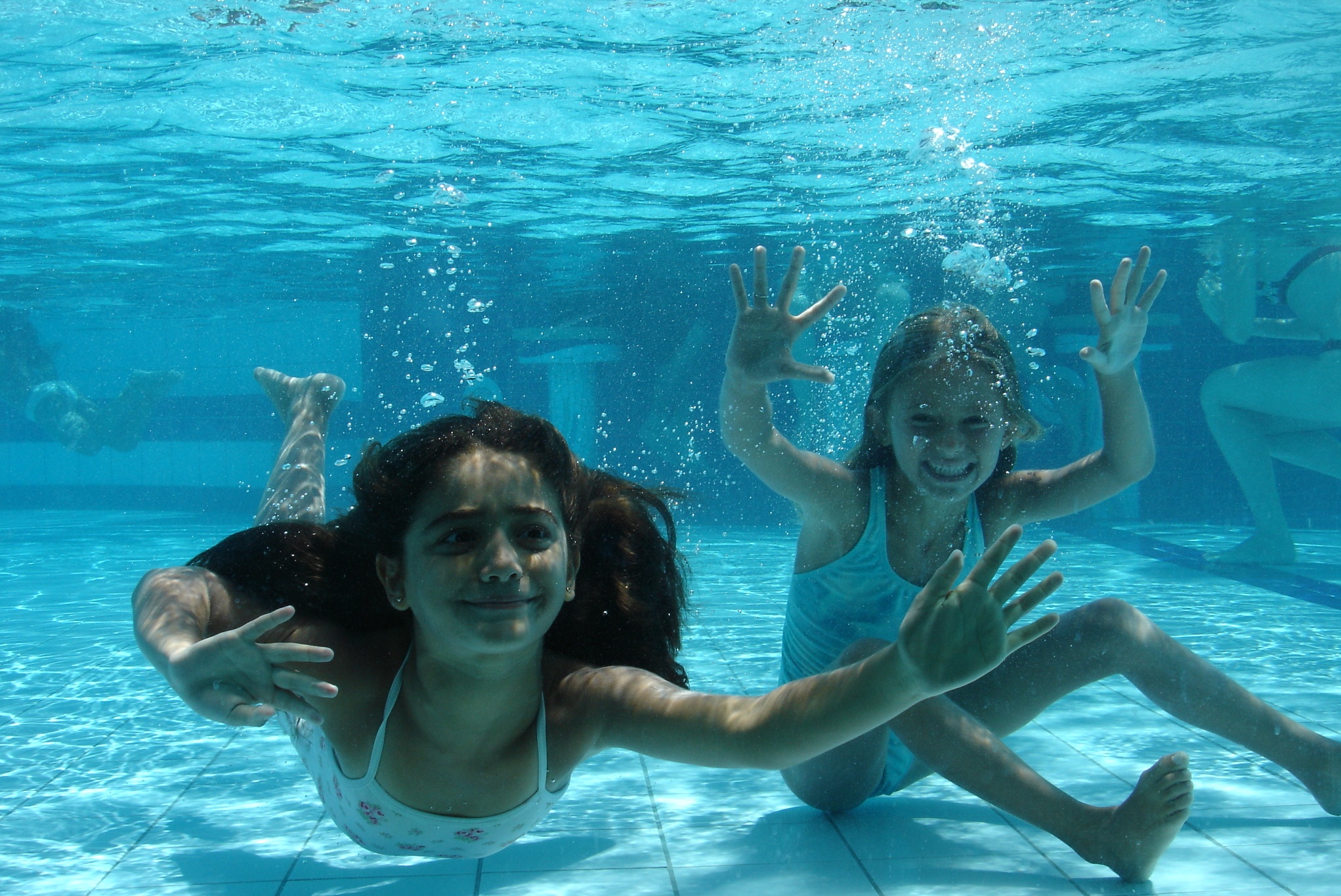
The right swimsuit material makes all the difference when it comes to comfort and durability. This can make all the difference, especially when you are taking swimming lessons. Important qualities to look for in a swimsuit include the ability to hold shape, stay comfortable and last a long time. In this blog post, we will explain the pros and cons of each swimsuit fabric and tell you which one lasts the longest!
The three most common and basic types of materials used in swimwear are nylon, Lycra and polyester.
We’ve listed the pros and cons of each swimsuit material below to help you choose the best swimsuit fabric for your swimming lessons.
Basic Fabrics
1) Nylon
Price Range: Low
Nylon is the popular material for swimsuits and is found in almost all of them.
Pros:
- Strong and durable material
- Holds a snug fit on the body
Cons:
- Exposure to sun and chlorine will cause the colours in the suit to fade over time
- Elasticity wears thin over time
Nylon swimsuits are the most budget-friendly. It feels good on the body and is designed to withstand tears and rips. However, paying less comes at a cost. Elements that you are naturally exposed to while swimming cause this swimsuit to lose its colour. Additionally, this type of suit can lose its shape, due to losing stretch with wear.
2) Spandex / Elastane (Lycra)
Price Range: Mid
Found in the majority of swimsuits, this material is comfortable and flexible.
Pros:
- Stretchy material
- Moves well with the body
- Soft and comfy
Cons:
- Does not last when constantly exposed to chlorine
- Eventually loses elasticity and starts to sag
Costing a little more, Lycra swimsuits have a few advantages. It’s fairly stretchy and will not hold you back in the water. A bonus is that it’s soft and comfortable. However, chlorine has harsh effects on it and once the elasticity is gone, these suits start to sag.
3) Polyester
Price Range: High
Polyester-based swimsuits are mainly used in training suits that are used in competitions. Athletic and swimwear brands like TYR’s Durafast and Nike’s Polyester suits are primarily made from this material.
Pros:
- Holds strength over time
- Durable and withstands chlorine
- Lasts a very long time
Cons:
- Less commonly found in department stores
- Less stretchy
- Thicker and less breathable
Polyester swimsuits come with a big price tag. However, they are worth it because of their many benefits for competitive swimmers. Training means being in the pool more often, which means holding strength, withstanding chlorine and durability are important. However, it’s harder to find these suits in regular stores and they have less stretch to them.
It’s difficult to find swimsuits made from only one material. Most come in a combination of different materials. Keep in mind department and clothing store suits are cheaper, but are often lower in quality and lose their shape quickly.
Blended Fabrics
Price Range: Highest
New fabrics have been created to make swimsuits that are comfortable, flexible and long-lasting. These include Polyester PBT, Xtra Life Lycra and branded technologies developed by top athletic and swim companies.
Xtra Life Lycra
This improved version of Lycra was designed especially for swimwear. Brands like Speedo and Reebok have swimsuits with about 20% XtraLife Lycra. It’s comfortable and stretchy like regular Lycra but withstands the effects of chlorine. Like regular Lycra, it will lose shape, but much slower.
Poly PBT
Poly PBT is a stretchier version of polyester. Speedo’s Endurance line and Kiefer’s Aqualast suits are 50% polyester and 50% PBT. These suits have the benefits of polyester as well as the following ones:
- Quick drying
- Low water absorbency
- Withstands chlorine and holds colour pigment
- More stretch, flexibility and comfort
Branded Technologies
Swim manufacturers such Nike and Speedo have endorsed their own branded fabric lends. Although fabric attributes can vary from brand to brand, most of them have these aspects in common:
- Chlorine resistant
- Comfortable and stretchy
- Long-lasting
- Retains shape and fit
- Lightweight and fast drying
Examples of branded fabrics are Kiefer XLA, Nike NX, Performance Ply or Arena Waterfeel. These materials were developed by the brands and are only found at their stores. This means branded technology varies heavily, which makes them too hard to compare.
AquaMobile’s Recommendation:
If you want a swimsuit that lasts a long time, we recommend a polyester or polyester blend swimsuit. This type of suit is especially important if you like to swim recreationally or participate in competitions. Although it’s a little more expensive, this type of swimsuit is more durable and will last long term.
How to Care for Your Swimsuit
Once you find the swimsuit that’s right for you, there are a few things to remember when it comes to taking care of it. Follow these tips.
- Hand wash your swimsuit in cold water with specialty soap after each use. The washer and dryer can ruin the suit’s fibres.
- Specialty soap exists for removing chlorine and bromine from swimsuits. This can be found at specialty swimwear stores.
- Lie swimsuit flat and away from sunlight when drying to stop the colours from fading.
Keep these tips and recommendations in mind to get the most out of your swimwear purchase. This will benefit your swim lessons too!




